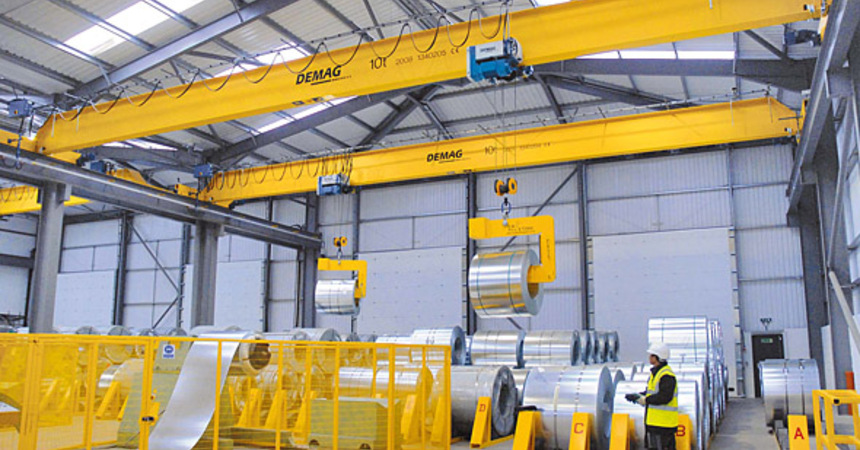Have you ever thought about the way some big items obtain EAC approval documents? If you’re a manufacturer of different stuff like electronic devices, cosmetics or food, you probably haven’t. But the manufacturers of huge machines that are subject to the certification in accordance with the TR CU 010 “On safety of machines and equipment” are really concerned about this question, and here’s why: the process of EAC certification usually implies site audit by the accredited certification body’s representative and the testing of the samples in the accredited EAEU laboratory, thus additionally requiring delivering the samples from the manufacturer to the laboratory. And even though sometimes testing of the samples can be merged with the site audit, still logistic issues may become a real obstacle for a manufacturer. Furthermore, there might be some more problems not depending on either side (for example, closed borders due to the coronavirus pandemic). It all may have a negative impact on the manufacturer’s plans to import huge machines and equipment to the Eurasian Economic Union (Russia, Belarus, Armenia, Kazakhstan and Kyrgyzstan)
But now it’s high time to discuss a really good legal solution. If we take a look at the TR CU 010, we’ll find that there’s a scheme that allows the manufacturers to avoid the usual procedures. This is 9c scheme. It is used only for a batch of products. That can be relevant for the manufacturers that are not planning serial import to the EAEU and thus don’t need a serial certificate. This batch can be only of limited quantity of products delivered to a certain place (production place –plant on the territory of the Customs union countries). For example: a manufacturer wants to import just a couple of tower cranes and already found a customer in Russia. He’s not interested in importing many cranes, just these two. The cranes are so huge and it will be quite hard to deliver them for the testing. Should they give up the import of these two cranes? No way! 9c is the way.
The main advantage of this scheme is that it does not need either site audit or samples. It is based on the manufacturer’s documents investigation. These documents include:
- Test reports (mandatory),
- ISO certificates for all the factories that produce the item (if any),
- Certificates for materials (if any),
- Drawings,
- European certificates for these machines (if any).
Other documents include:
- Operational manual in Russian,
- Justification of safety
As in all other EAC declarations and certificates, there must be an applicant. The requirements for the applicant do not differ in any way from those in other regulations. You can learn more about the applicant in the article written by WorldWideBridge.
Here’s a little list of the products that can be subject to 9c scheme in the TR CU 010:- Cranes,
- Garage equipment for motor vehicles and trailers,
- Agricultural machinery,
- Equipment for mines,
- Mechanized instrument, including electric
Certification Department Specialist
WorldWideBridge LLC
